Duong Hoa tea area is probably the farming area with the longest history. With about 60 years of formation, Duong Hoa tea trees have gone through fragmented, small-scale to concentrated farming forms, manual to industrial farming processes, applying good agricultural farming models (VietGAP) and currently moving towards an organic tea growing model, including many manual farming stages.

More than ten hectares of tea belonging to Mrs. Thuan Quynh's family, one of the large tea growers in Duong Hoa, are currently in the process of organic conversion. This tea hill used to use chemical fertilizers in the soil and pesticides on the stems and leaves. Currently, it has been gradually changed by applying natural farming processes, improving the soil with manure, green manure, catching insects, weeding by hand, and sometimes using natural pests to protect the plants. Thanks to this farming process, the products of one-bud and two-bud tea buds in Thuan Quynh tea hill are the raw materials to create expensive commercial tea lines under the Viet Tu tea brand, with prices reaching up to tens of millions of VND/kg.
Ms. Ha Ngoc Quynh, owner of Thuan Quynh tea hill, said: Each development stage meets each practical requirement. When quantity is needed, we develop tea in an industrial direction. Currently, the market is divided into many tea products, in which organic tea and refined processed tea tend to have higher prices and are more popular in the market. Therefore, we plant, care for, harvest, and process tea products in a way that is in harmony with nature, avoiding the disruption of the existing natural ecosystem and replacing it with an artificial ecosystem. This cultivation process helps us ensure production efficiency while still protecting the environment, ensuring that the elements of soil, water, air, space, flora and fauna... exist in their most natural state.
The entire Duong Hoa tea area currently has about 300-500 hectares of harvestable age, of which a large part has been converted to organic, including 15 hectares of tea that have been initially assessed by functional units for organic tea criteria. According to Mr. Tran Duc Dung, Chairman of the People's Committee of Duong Hoa commune, in the development orientation of the commune, Duong Hoa tea area will aim for green, clean cultivation, striving to have the first hectares of tea recognized as organic tea as soon as possible, so that by 2030, Duong Hoa tea area will be a typical organic agricultural farming area of the province, contributing to realizing the goal of developing green, clean, ecological agriculture of Quang Ninh .
Along with the Duong Hoa tea area, the whole province currently has over 62,000 hectares of cultivated land, over 32,000 hectares of aquaculture and 175,000 hectares of production forest, along with a large herd of livestock and poultry. With this production space, many households and agricultural enterprises have applied biotechnology to environmental treatment, food fermentation, organic composting... instead of using chemical-based substances as before.
Currently, the whole province has a safe livestock area for raising chickens, many pilot models of safe livestock farming associated with environmental protection, with 12,000 hectares of concentrated crops with main crops being rice, fruit trees, arrowroot, tea... The forestry sector has nearly 9,500 hectares that have been granted forest certificates, the province has also granted 56 planting area codes with a total area of 1,500 hectares. In the province, there are currently about 1,100 hectares of crops maintaining production according to safe agricultural production processes, of which 322.35 hectares have been granted VietGAP certificates; 90 hectares of rice and 329 hectares of cinnamon have been granted organic production certificates... The whole province has nearly 38,000 livestock facilities, of which over 400 farms, many facilities are VietGAP certified and facilities/areas are granted disease safety certificates. 100% of farms and concentrated livestock facilities have environmental impact assessment reports or environmental licenses/environmental protection plans. For livestock households, about 93.24% of households have collected and applied treatment measures such as using biological bedding, building biogas plants, composting organic fertilizers, collecting and cleaning daily.
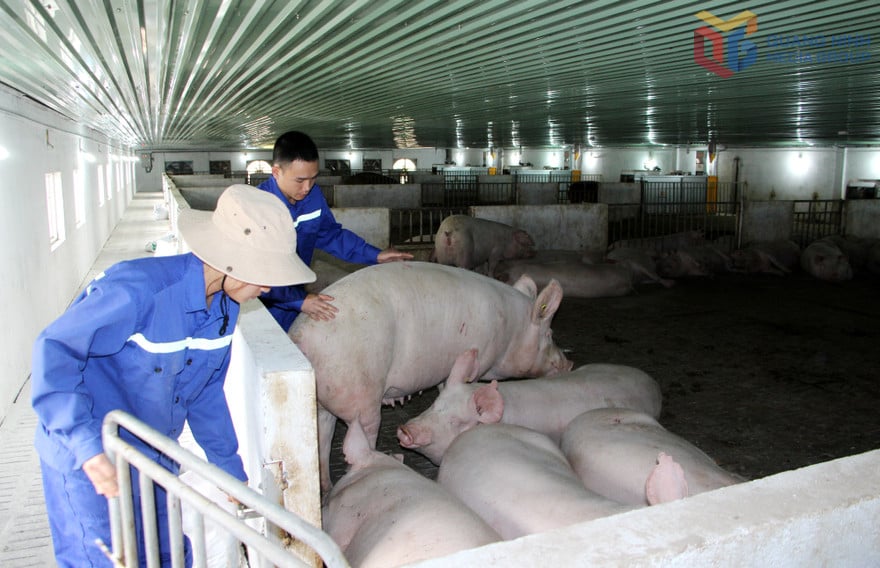
Continuing the agricultural production goals associated with environmental protection, currently, key agricultural localities encourage people to utilize agricultural by-products as animal feed and fertilizer to improve soil; carry out green and clean agricultural pilot models, apply pest management programs in the fields, thereby reducing up to 15% of the amount of pesticides harmful to the environment; change the crop structure towards reducing flooded crops and increasing dry crops... The province replicates organic fertilizer production models, combining microbial composting to treat agricultural waste such as the model of applying biotechnology to produce organic fertilizer from waste from the production process of cassava vermicelli, acacia sawdust, acacia shells...
Along with that, the province has built and deployed pilot models on the application of integrated pest management (IPM) on crops (rice, vegetables, fruit trees, etc.) to reduce 1 to 2 times of spraying pesticides and increase crop yield by an average of 10%, contributing to environmental protection. Especially in current agricultural production, Quang Ninh farmers have formed the habit of considering insects as important partners, not eliminating them but letting them develop symbiotically, creating biodiversity, thereby, resources are exploited, used effectively, economically, creating safe and quality products, minimizing waste that pollutes the environment, protecting the ecosystem and human health. Some specific localities are encouraging people to produce in the direction of developing ecological agriculture, organic agriculture, and circular agriculture with planting area codes, traceability, etc.
Source: https://baoquangninh.vn/gan-san-xuat-nong-nghiep-voi-bao-ve-moi-truong-3378376.html


![[Photo] Unique Phu Gia horse hat weaving craft](https://vphoto.vietnam.vn/thumb/1200x675/vietnam/resource/IMAGE/2025/10/10/1760084018320_ndo_br_01-jpg.webp)



![[Photo] "Exposing letters" in the flood center of Lang Son](https://vphoto.vietnam.vn/thumb/1200x675/vietnam/resource/IMAGE/2025/10/10/1760080117518_ndo_br_z7101324112737-07cd4d1c01801a8ccf4ae0cbaf31c4a3-507-jpg.webp)
![[Photo] Standing member of the Secretariat Tran Cam Tu works with the Standing Committee of the Party Committee of the Ministry of Health](https://vphoto.vietnam.vn/thumb/1200x675/vietnam/resource/IMAGE/2025/10/10/1760079818773_image-4-6972-jpg.webp)
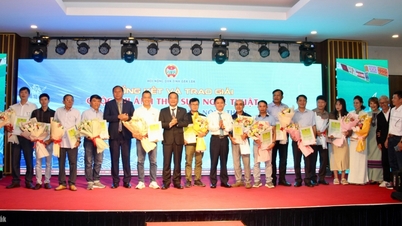






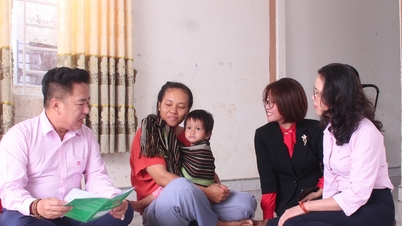









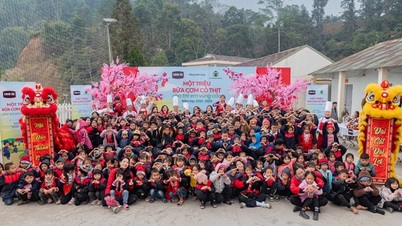













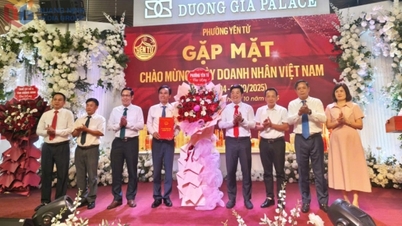






















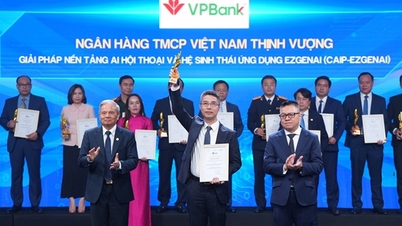







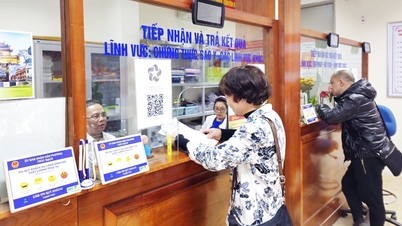





































Comment (0)